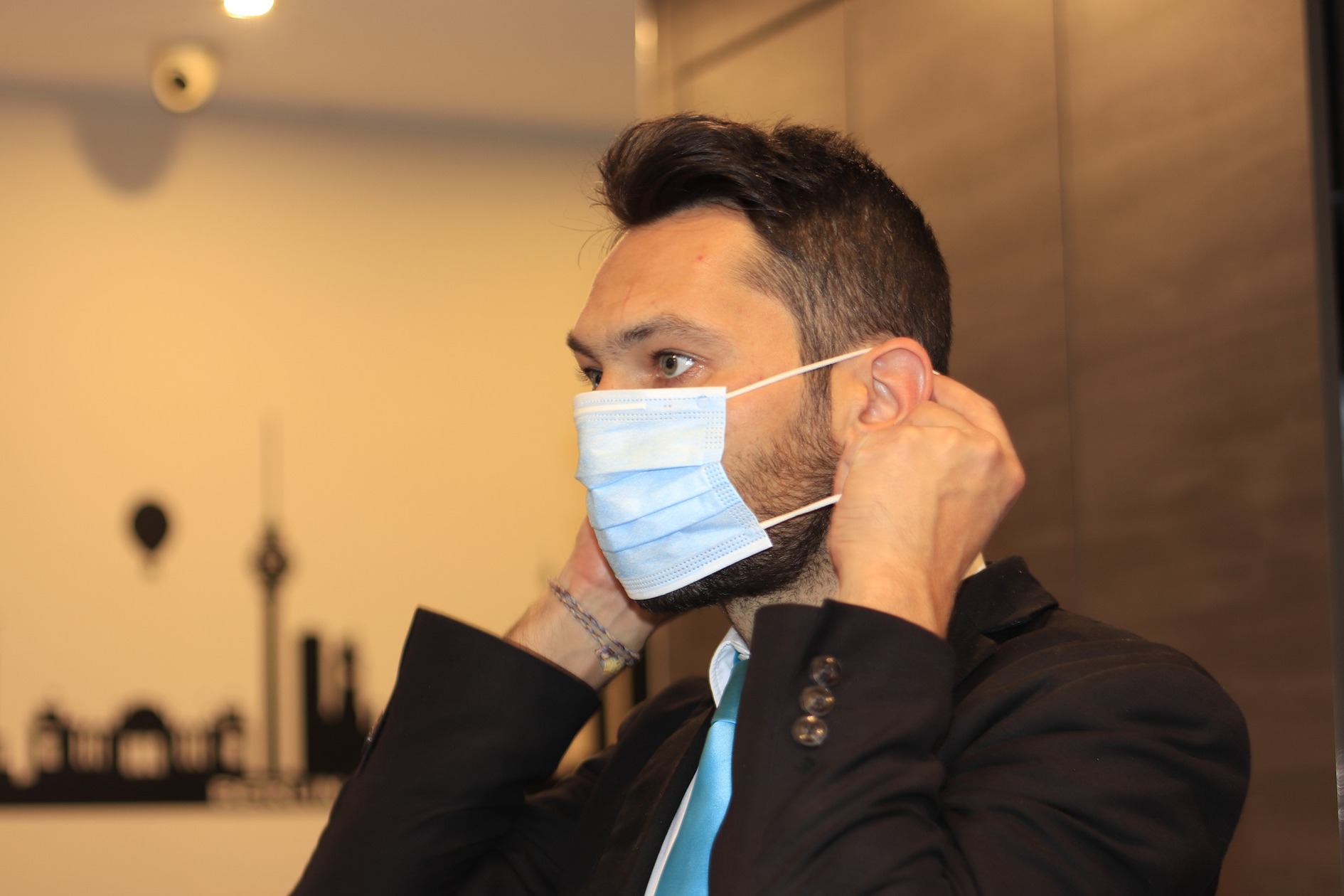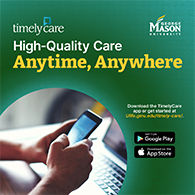This edition of the Thriving Together Series is adapted from The Well-Being Lab 2020 Workplace Report, a collaboration between our center and The Well-Being Lab (a Michelle McQuaid program). The report is based on two surveys of more than 1,000 workers each, throughout the United States.
High Levels of Worry and Anxiety
While it is not surprising that 89.3% of workers are feeling worried and anxious about the impact of the coronavirus, of particular concern are the 20% of workers who are not worried or anxious about spreading the coronavirus. Unfortunately, given the highly contagious nature of the coronavirus, it may only take this 20% of workers to spread further chaos into our workplaces and communities.
Workplaces should also be concerned that only 24.4% of workers feel certain about what actions they should be taking in response to coronavirus. While community updates are changing daily, 75.6% of workers would likely benefit from clear and consistent communication on the actions their workplaces want them to be taking.
Interestingly, workers who reported high levels of worry and anxiety about the impact of coronavirus or the economy were performing just as well as those workers with low levels of worry and anxiety. In contrast, workers who reported medium levels of worry and anxiety about these challenges were significantly more likely to report lower levels of performance.
Why might this be? Worry about the virus or the economy might motivate productive action, whereas moderate worry might reflect uncertainty and passivity, undermining performance. For immediate performance, a little or a lot of anxiety may be better, though, over the longer term, high levels of anxiety likely become less productive.
Reluctance to Return to Work
Only 21.6% of workers who have started working from home due to COVID-19 are feeling positive about returning to work, with many workers expressing mixed feelings. Generally, men felt more positive than women.
Notably, 90% of workers who have started working from home due to COVID-19, reported feeling satisfied with their current working arrangements, suggesting that they have successfully managed to navigate the considerable changes in working arrangements. The need for further change may create some barriers and resistance to returning to regular arrangements, especially as expectations and “normal” ways of functioning remain uncertain.
Notably, workers who somewhat and strongly trust management to make sensible decisions about issues that affect their future are more positive about returning to work, as are workers who can strongly rely on their co-workers not to make their job more dangerous by being careless.
Workers who had been working from home but often visited their work premises since COVID-19 closures were significantly more positive about returning to work. Workers may benefit from gradually transitioning back to the workplace, combined with clear communication about protocols and expectations.
Conclusion
Making it acceptable to talk about struggle, anxiety, and worry can help workers feel less lonely and isolated. Workers need to know that there is no shame in struggling; rather it is a neurological, physical, and social invitation for learning and growth.
Many workers have mixed feelings about returning to their work premises. Gradual transition, clear communication about protocols and expectations, and prioritizing establishing a sense of trust for management and co-workers to make sensible decisions could help workers with the transition.
Do you know what the most common struggles are for workers in your workplace? How are you helping your workers feel safer to share their struggles at work?
Additional Resources
Learn how to apply the science of well-being to your leadership, in our Leading to Well-Being certificate programs.
Measure your well-being through the free PERMAH Well-Being Survey. See how you’re doing when it comes to your levels of thriving and struggle, and your abilities and motivation to care for your well-being. You can even create a free personal well-being plan, drawing on more than 200 evidence-based well-being actions. You can also use this tool for teams or entire workplaces.
Write one of these Thriving Together Series features! We’re looking for contributions on all topics related to well-being. Read other Thriving Together Series articles here and contact us at cwb@gmu.edu for guidelines. Thank you for helping our Mason community thrive together online!






















